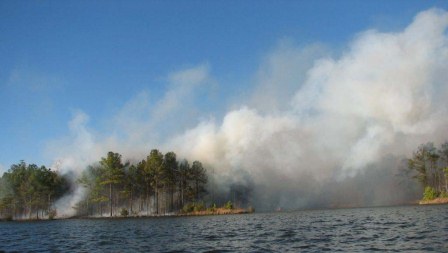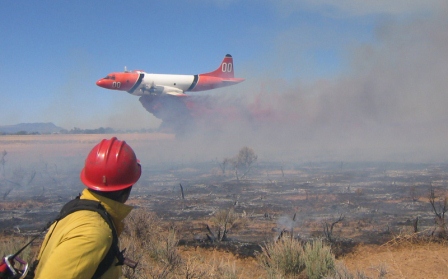Tom Collins of the North Carolina Department of Emergency Management says that the drought could result in a year-round fire season, according to an article in the News Observer.
“The epidemic of hundreds of wildfires in every corner of the state served as a warning that drought could expand the spring and fall fire seasons into one long year of risk, emergency officials said Monday.
“Right now, we could have a fire season year-round,” said Tom Collins, eastern branch manager for the N.C. Division of Emergency Management.
Normally, the spring season doesn’t begin until March. But in a single weekend, 10,100 acres — more than half the acreage normally torched in an an entire year — were burned.
“We probably had fires in every county in the state,” Collins said. “I’ve seen days in the western part of the state where we just had fires everywhere, but this time it was statewide.
“It just had to be drought-related.”
Propelled by strong winds, more than 300 wildfires flared across the state Sunday. By Monday, the winds had died, but several small fires and three larger blazes were still burning, state fire officials said. The last major fires, each about 2,000 acres, were in Halifax, Tyrrell and Camden counties.”



